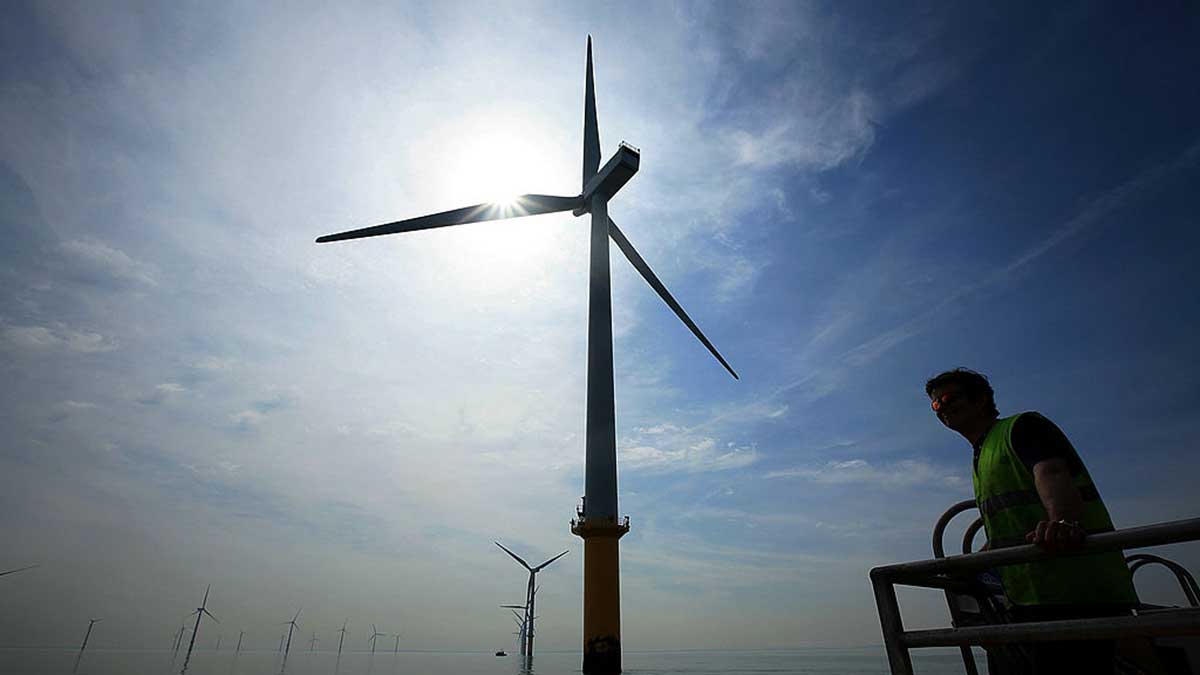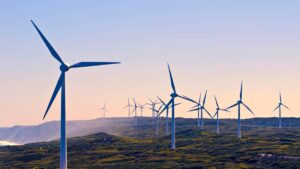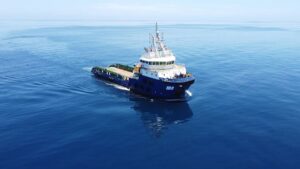CSIRO confirms: Wind, solar remain cheapest option for new power supply

Wind and solar energy are the cheapest options for new power generation. Pic: Getty Images
Renewable energy is still the cheapest source of newbuild power in Australia according to a new report from CSIRO that more accurately calculated integration costs.
The CSIRO and the Australian Energy Market Operator used a more accurate system for calculating the levelised cost of energy – a metric to compare the cost of electricity generation technologies – in their draft GenCost report, which is now open for public consultation.
“Previous GenCost reports added arbitrary amounts of storage costs, but this year we used a model of the electricity system that optimises the amount of storage needed, and also includes additional transmission expenditure,” CSIRO chief energy economist Paul Graham said.
“Even taking into account these extra system integration costs, solar photovoltaics (PV) and wind continue to be the cheapest new sources of electricity for any expected share of renewables in the grid — anywhere from 50 per cent to 100 per cent.
“This is projected to continue to be the case throughout the projection period to 2050.”
And it is only going to get cheaper.
The report found that solar PV and batteries are projected to continue experiencing the fastest cost reductions of any source of energy technology while electrolysers, which crack water into hydrogen and oxygen, are projected to experience substantial cost reductions that will make them competitive with natural gas in the long-run.
Additionally, while the relatively maturity of wind power means that its capital costs are falling more slowly than solar, it continues to make efficiency gains that see the technology capture more energy from the same wind resources.
The final report and its verdict on wind, solar and other types of power generation will be delivered in March 2021.
Renewable energy storage
This report comes as the Australian Renewable Energy Agency (ARENA) awarded $5.7m in funding to Yadlamalka Energy for the installation of a utility-scale vanadium flow battery at Neuroodla, South Australia.
The $20.3m project will co-locate a 2 megawatt(MW)/8 megawatt hour(MWh) battery with a 6MW solar PV array.
It will connect to the National Electricity Market (NEM) to demonstrate the potential for grid-connected vanadium flow batteries to provide energy and frequency control ancillary services.
Vanadium flow batteries store power in a non-flammable, liquid electrolyte and do not degrade with cycling like lithium-ion batteries. They can be scaled and located with greater flexibility than pumped hydro energy storage, which may increase the potential applications for this technology.
“The strong uptake of variable renewable energy like solar PV and wind has highlighted the need for increased energy storage and vanadium flow batteries could play a major role in addressing this need, complementing the role of more established technologies such as pumped hydro energy storage and lithium ion batteries in the Australian market,” ARENA chief executive Dennis Miller said.
Related Topics
UNLOCK INSIGHTS
Discover the untold stories of emerging ASX stocks.
Daily news and expert analysis, it's free to subscribe.
By proceeding, you confirm you understand that we handle personal information in accordance with our Privacy Policy.








